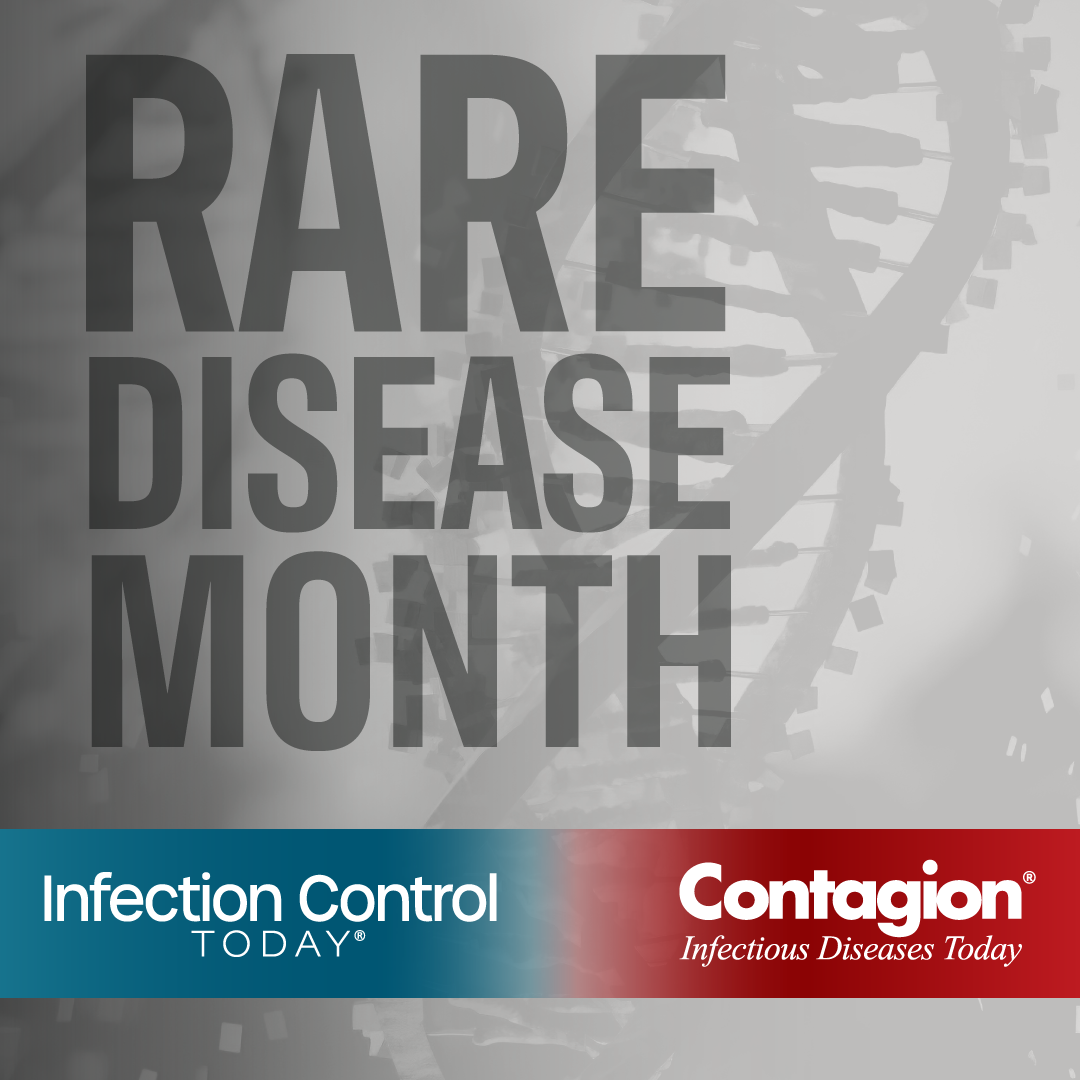Results of the PSYGIENE Trial: Health Action Process Approach Applied to Hand Hygiene
Professional hand hygiene compliance represents a multi-faceted behavior with various determinants; thus, it has been proposed to apply psychological frameworks of behavior change to its promotion. However, randomized controlled trials of such approaches, which also assess nosocomial infections (NIs), are rare. This study by von Lengerke, et al. (2019) analyzes data of the PSYGIENE-trial (PSYchological optimized hand hyGIENE promotion), which has shown improvements in compliance after interventions tailored based on the Health Action Process Approach (HAPA), on rates of NIs with multidrug-resistant organisms (MDROs).
A parallel-group cluster-randomized controlled trial was conducted on all 10 intensive care units and two hematopoietic stem cell transplantation units at Hannover Medical School, a German tertiary care hospital. Educational training sessions for physicians and nurses (individual-level intervention) and feedback discussions with clinical managers and head nurses (cluster-level) were implemented in 2013. In the “Tailoring”-arm (nâ=â6 wards), interventions were tailored based on HAPA-components, which were empirically assessed and addressed by behaviour change techniques. As active controls, nâ=â6 wards received untailored educational sessions of the local “Clean Care is Safer Care”-campaign (Aktion Saubere Hände: “ASH”-arm). From 2013 to 2015 compliance was assessed by observation following the World Health Organization, while alcohol-based hand rub usage (AHRU) and NIs with multidrug-resistant gram-negative bacteria, Methicillin-resistant Staphylococcus aureus or Vancomycin-resistant Enterococcus were assessed following national surveillance protocols. Data were analysed at cluster-level.
In the “Tailoring”-arm, interventions led to a decrease of 0.497 MDRO-infections per 1000 inpatient days from 2013 to 2015 (pâ=â0.015). This trend was not found in the “ASH”-arm (ââ0â.â022 infections; pâ=â0.899). These patterns corresponded inversely to the trends in compliance but not in AHRU.
While interventions tailored based on the HAPA-model did not lead to a significantly lower incidence rate of MDRO-infections compared to control wards, a significant reduction, compared to baseline, was found in the second follow-up year in the “Tailoring”- but not the "ASH"-arm. This indicates that HAPA-tailored hand hygiene interventions may contribute to the prevention of NIs with MDRO. Further research should focus on addressing compliance by interventions tailored not only to wards, but also leaders, teams and individuals.
Reference: von Lengerke T, et al. Impact of psychologically tailored hand hygiene interventions on nosocomial infections with multidrug-resistant organisms: results of the cluster-randomized controlled trial PSYGIENE. Antimicrobial Resistance & Infection Control. 2019;8:56
The Guardians of Animal Health: Who Are Veterinary Infection Preventionists?
March 21st 2025Veterinary infection control experts Leslie Kollmann, BS, AAS, CVT, CIC, Denise Waiting, LVT, and Leslie Landis, LVT, BS, discuss challenges, zoonotic disease risks, and the importance of education, collaboration, and resource development in animal care facilities.
The Latest on CLABSIs and CAUTIs: Evidence-Based Approaches for Infection Prevention
February 27th 2025Health care–associated infections like CLABSIs and CAUTIs threaten patient safety. Learn evidence-based strategies, new technologies, and prevention protocols to reduce these infections and improve outcomes.
Resilience and Innovation: The Pivotal Contributions of Black Americans to Health Care and Medicine
February 24th 2025During Black History Month, we honor the resilience and contributions of Black medical professionals in health care. Despite barriers, they have led transformative changes, advocating for equitable access and medical excellence. Recognizing their impact ensures a more inclusive health care future for all.
Glove Usage Guideline: From The Joint Commission, CDC, and World Health Organization
February 17th 2025Proper glove use is crucial in health care settings to prevent infections. Guidelines from TJC, CDC, and WHO stress correct selection, usage, and disposal to minimize health care–associated infections (HAIs) and cross-contamination risks. Infection preventionists (IPs) play a key role in educating staff, enforcing compliance, and improving patient safety through standardized glove practices.










